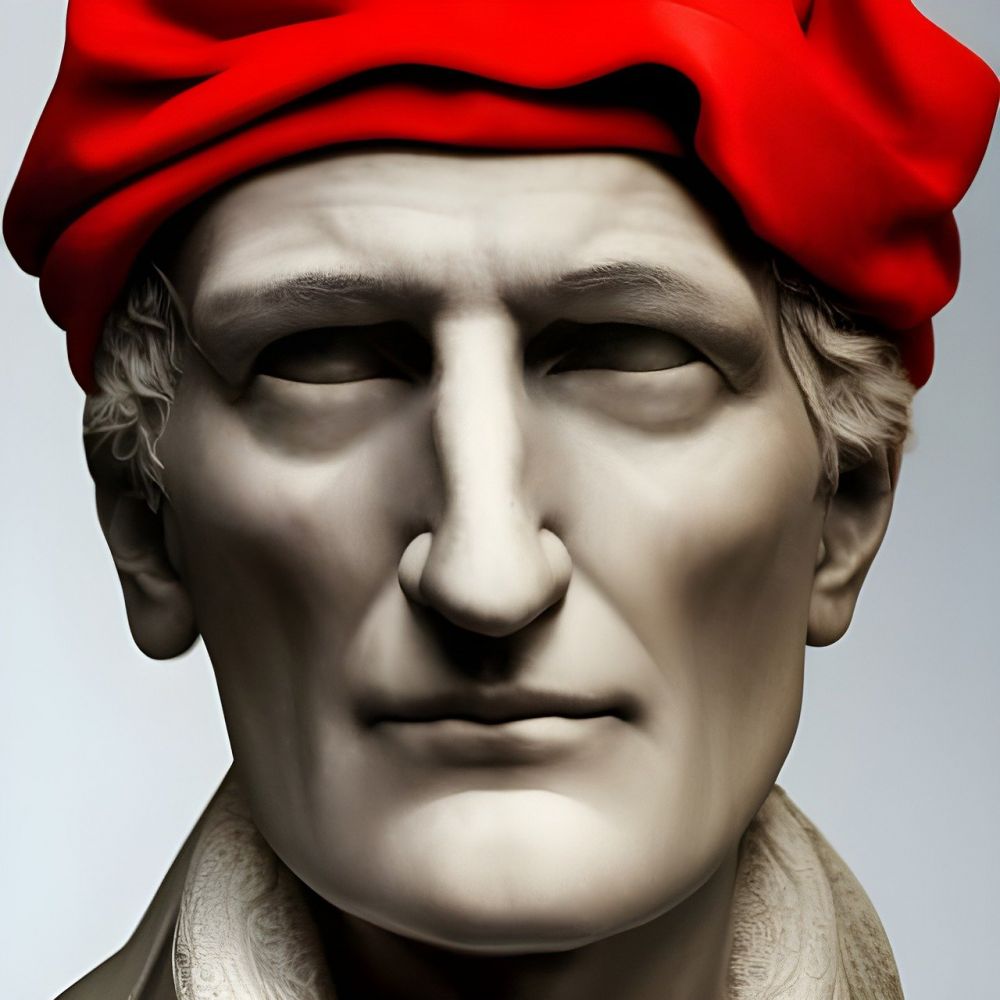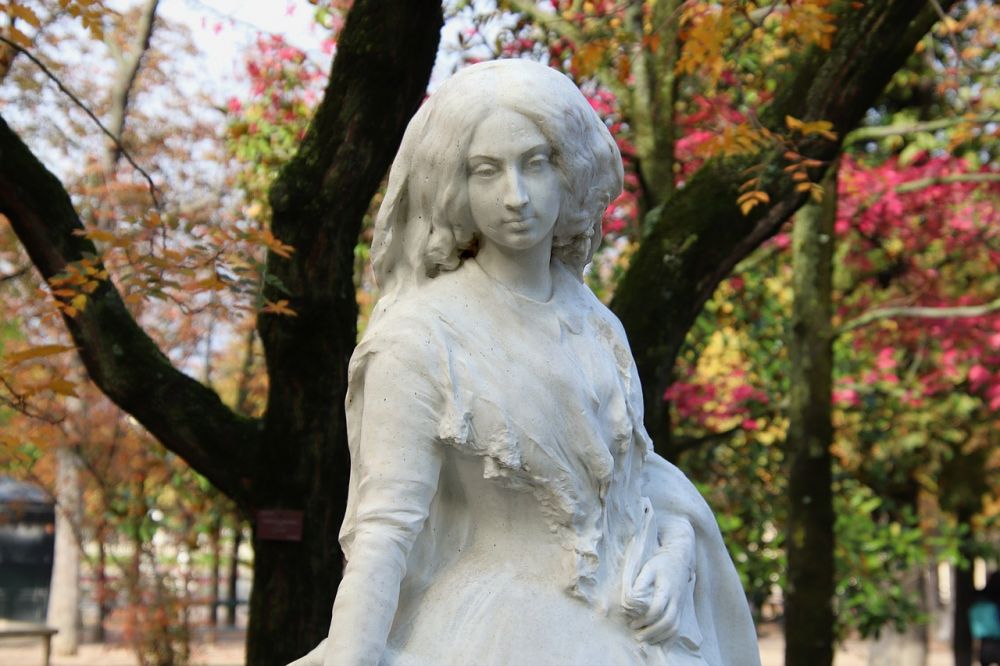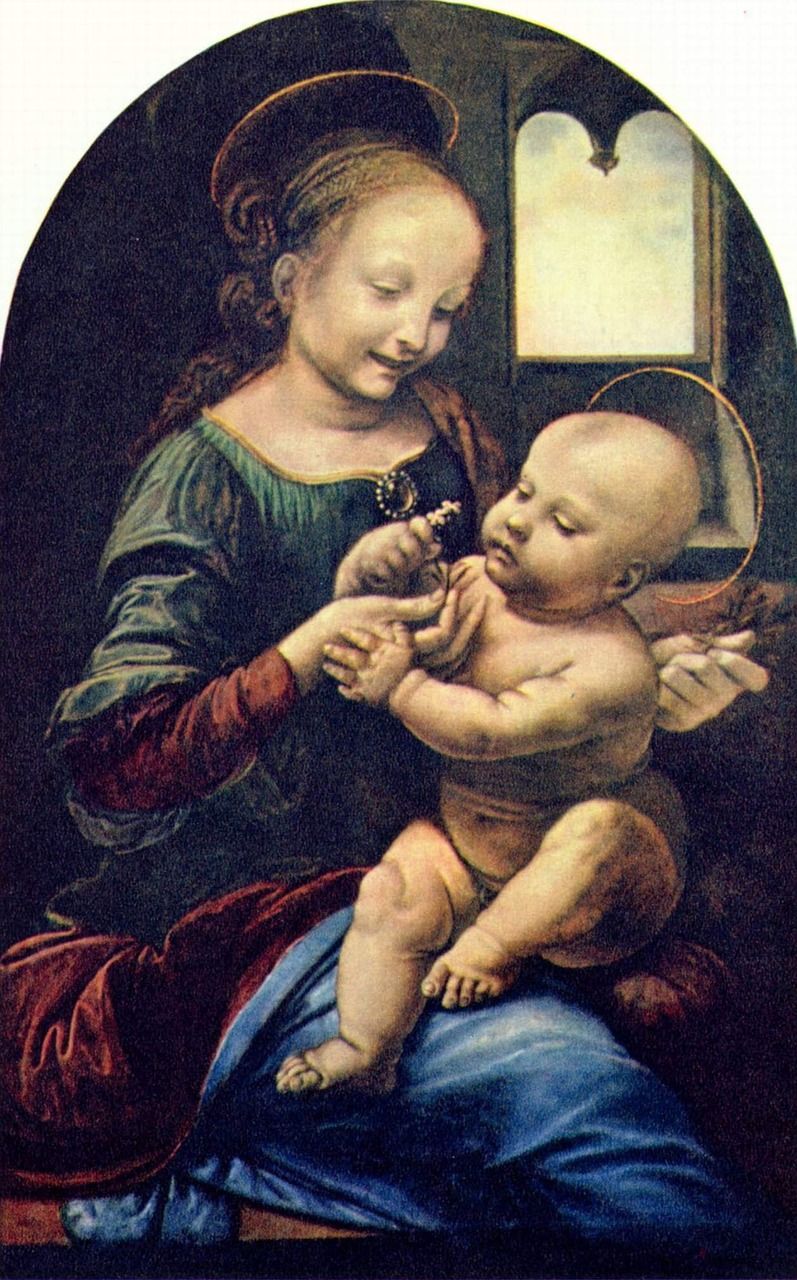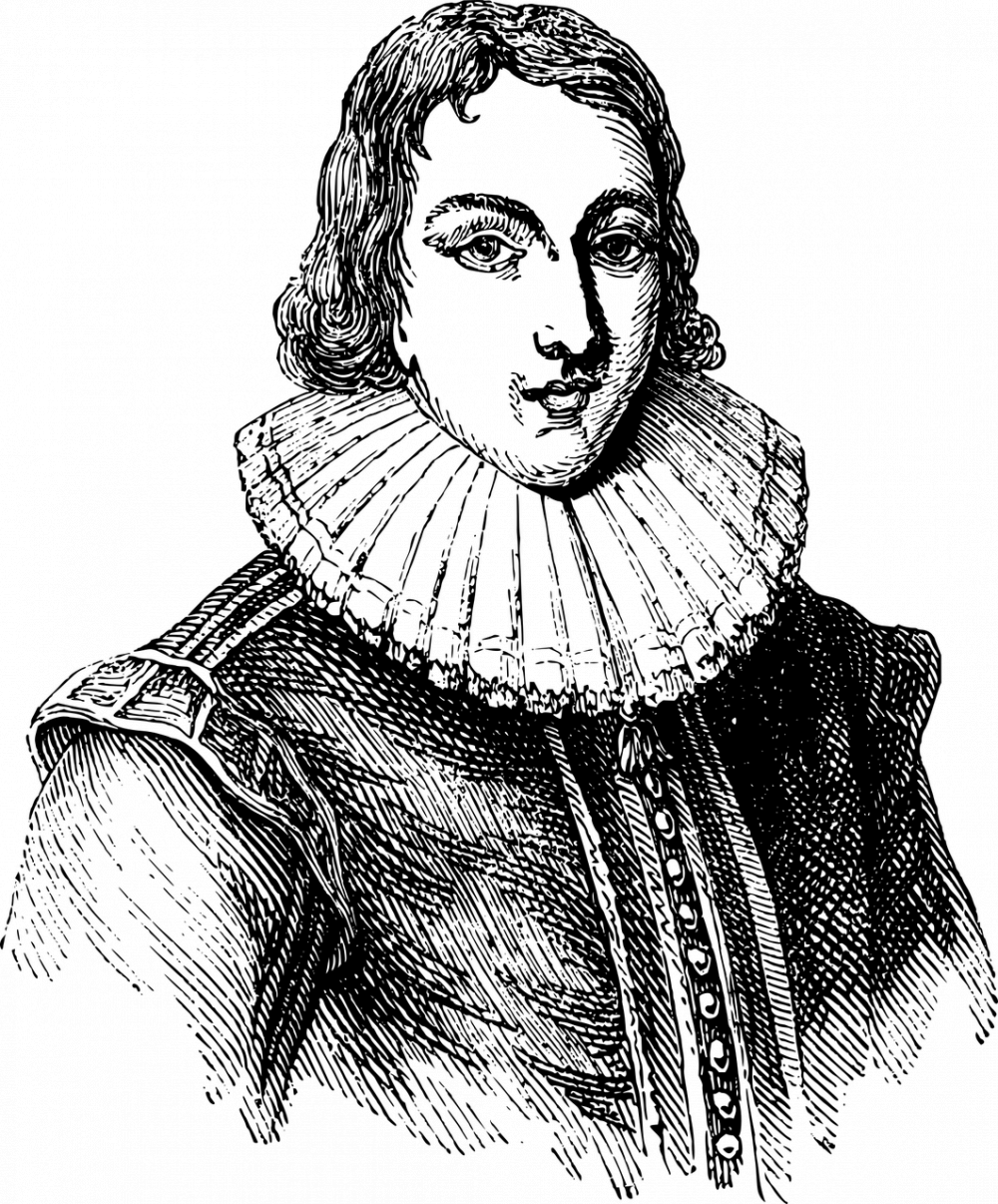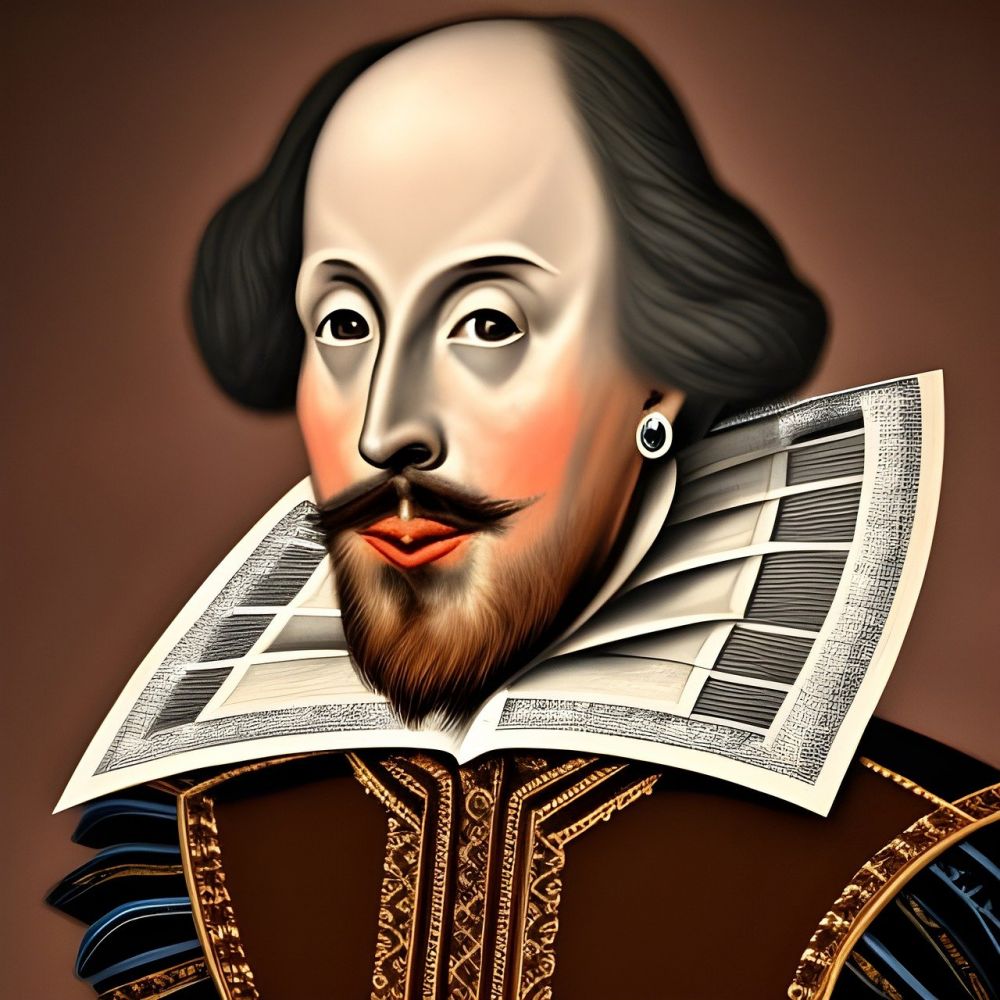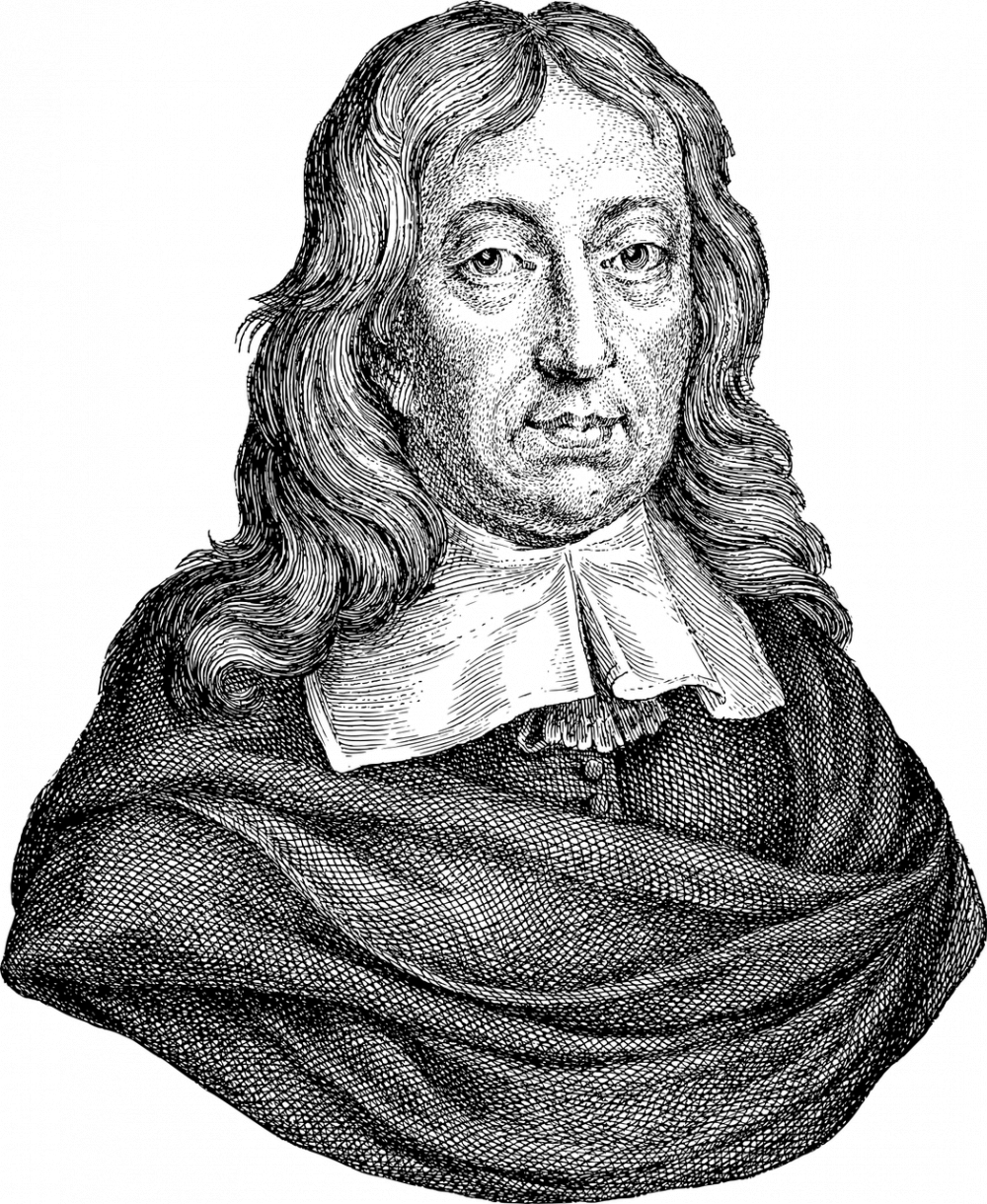Charles Dickens Books: A Journey into the World of Literature and History
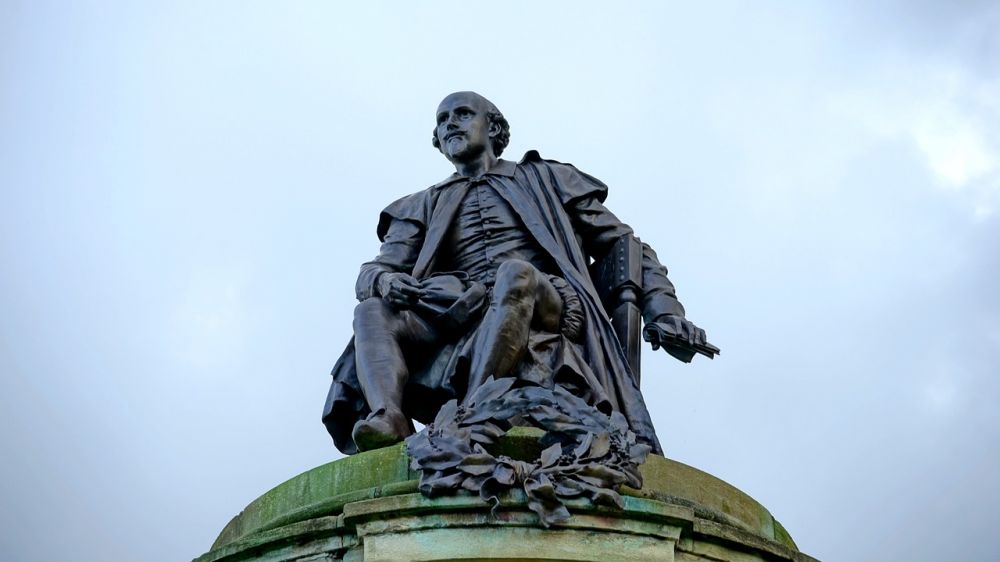
Introduction:
Charles Dickens is undoubtedly one of the most renowned and influential authors in the history of English literature. His books have captivated readers for generations, immersing them in vivid tales of social injustice, human struggle, and the quest for redemption. In this in-depth article, we will delve into the world of Charles Dickens books, exploring their significance and appeal to those who have a general interest in this subject.
A Brief Overview of Charles Dickens Books:
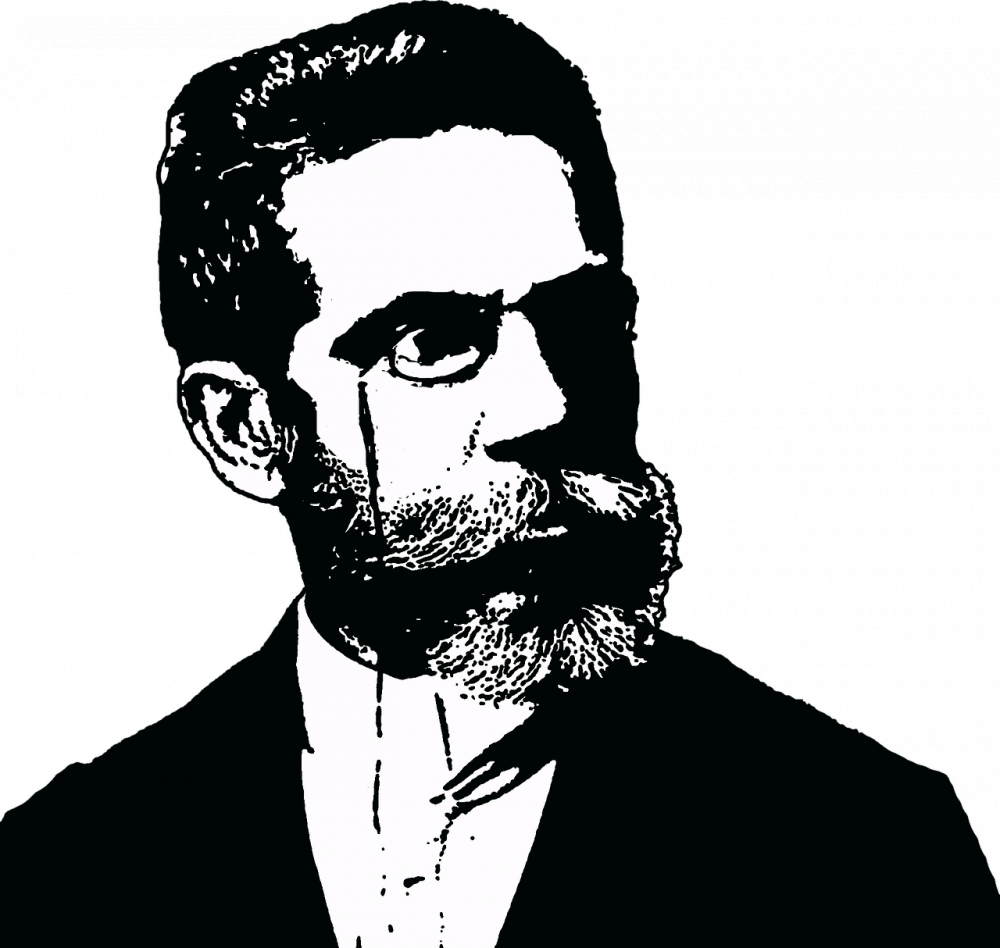
To truly appreciate the impact of Charles Dickens’ books, it is important to understand the distinct characteristics that make them unique. The author masterfully weaves intricate plots with richly developed characters, enabling readers to form deep emotional connections with his works. Dickens’ books often serve as a social commentary on the inequalities of Victorian England, highlighting the plight of the poor and the struggles they faced in a rapidly industrializing society.
Historical Evolution of Charles Dickens Books:
Over time, Charles Dickens’ literary contributions evolved both thematically and stylistically. His early works, such as “The Pickwick Papers” and “Oliver Twist,” were characterized by a lighter tone and comical elements. However, as Dickens matured as a writer, his works took on a darker and more profound nature. Novels like “Bleak House” and “Great Expectations” delved deeper into the complexities of human nature, exploring themes of corruption, redemption, and social injustice. Dickens’ books became increasingly introspective, shedding light on the human condition and serving as a mirror to society.
A Journey through the Major Works:
1. “A Tale of Two Cities”: Set against the backdrop of the French Revolution, this novel explores themes of sacrifice, love, and the inherent goodness of humanity. The story unfolds through the lives of characters from varying social classes, vividly depicting the stark contrasts between the rich and the destitute.
2. “David Copperfield”: Considered by many as Dickens’ most autobiographical novel, “David Copperfield” chronicles the life of the titular character, his struggles, and eventual triumphs. This bildungsroman provides a deep insight into the social and economic realities of Victorian England.
3. “Hard Times”: Through the fictional town of Coketown, Dickens portrays the harsh living conditions faced by workers during the Industrial Revolution. This somber novel highlights the dehumanizing effects of capitalism and the importance of compassion in an increasingly mechanized world.
4. “Great Expectations”: One of Dickens’ most beloved works, “Great Expectations” follows the life of Pip, an orphan who encounters mysterious benefactors and navigates the complexities of love and social class. This novel explores themes of ambition, identity, and the longing for something greater in life.
Charles Dickens’ Enduring Legacy:
Charles Dickens’ books continue to resonate with readers across the globe, transcending time and societal boundaries. The masterful storytelling, richly drawn characters, and powerful themes ensure a lasting impact on those who engage with his works. Dickens’ ability to delve into the depths of human emotion and expose the ills of society has cemented his position as a literary icon.
In conclusion, Charles Dickens’ books hold a special place in the world of literature. Their historical significance, thought-provoking narratives, and evocative characters make them a treasure for both avid readers and collectors. By understanding the evolution of Dickens’ works and immersing ourselves in the world he created, we gain insights into the complexities of human nature and the enduring power of storytelling.
References:
1. Dickens, Charles. “A Tale of Two Cities.” 1859.
2. Dickens, Charles. “David Copperfield.” 1850.
3. Dickens, Charles. “Hard Times.” 1854.
4. Dickens, Charles. “Great Expectations.” 1861.
